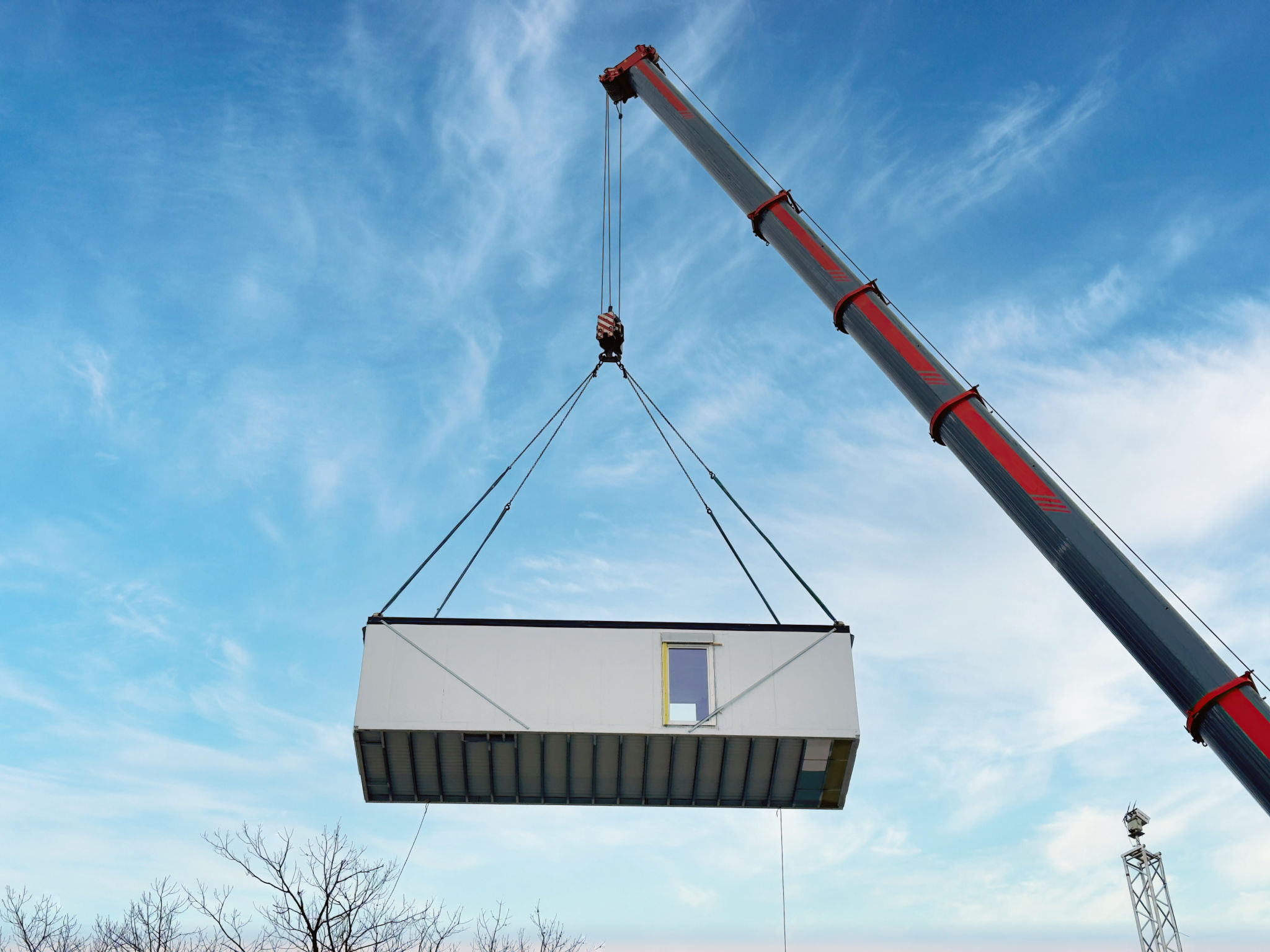Emerging Trends in Sustainable Construction Practices
Es
Introduction to Sustainable Construction
In recent years, the construction industry has increasingly turned its focus towards sustainability. This shift is driven by the urgent need to reduce carbon footprints and create environmentally friendly structures. As technological advancements continue to evolve, new sustainable practices are emerging. These not only benefit the environment but also offer long-term cost savings and improved building performance.
Sustainable construction is not just a trend; it is a movement aimed at meeting the needs of the present without compromising the ability of future generations to meet theirs. This comprehensive approach incorporates energy efficiency, sustainable materials, and innovative design strategies.

Green Building Materials
One of the most significant trends in sustainable construction is the use of green building materials. These materials are sourced sustainably, have a low environmental impact, and enhance energy efficiency. Examples include bamboo, recycled steel, and precast concrete. These materials not only reduce waste but also improve building durability and occupant health.
In addition, the use of recycled and reclaimed materials is gaining popularity. Reclaimed wood and bricks not only preserve natural resources but also add unique character to modern constructions. The choice of materials plays a crucial role in reducing the overall carbon footprint of a building.

Energy Efficiency and Smart Buildings
Modern sustainable construction emphasizes energy efficiency. Smart buildings equipped with automated systems for heating, cooling, and lighting are at the forefront of this trend. These systems optimize energy use by responding to occupancy patterns and environmental conditions, reducing waste and lowering utility costs.
Moreover, incorporating renewable energy sources such as solar panels and wind turbines into building designs is becoming increasingly common. These technologies provide clean energy, further reducing reliance on fossil fuels and contributing to a greener environment.

Water Conservation Strategies
Water conservation is another critical aspect of sustainable construction. Innovative strategies such as rainwater harvesting systems, greywater recycling, and low-flow fixtures are being integrated into new buildings. These solutions help reduce water usage and promote efficient resource management.
Furthermore, landscaping designs that incorporate native plants require less water and maintenance, contributing further to water conservation efforts. These designs also enhance biodiversity and provide natural habitats for local wildlife.
Innovative Construction Techniques
The adoption of innovative construction techniques is transforming the industry. Prefabrication and modular construction are gaining traction due to their efficiency and reduced waste production. These methods allow for precise manufacturing in controlled environments, minimizing material waste and speeding up construction timelines.
Additionally, 3D printing technology is making waves in sustainable construction. It offers the possibility to create complex structures with minimal waste using sustainable materials. This technology has the potential to revolutionize how we approach construction projects in the future.

Conclusion: The Future of Sustainable Construction
As we look ahead, it is clear that sustainable construction practices will continue to evolve and shape the built environment. The integration of cutting-edge technology, eco-friendly materials, and innovative design strategies will be pivotal in creating resilient structures that meet the demands of modern living while respecting environmental boundaries.
The commitment to sustainability in construction not only benefits the planet but also provides economic advantages through reduced operational costs and enhanced building performance. As these trends continue to develop, they promise to redefine the future of construction for generations to come.